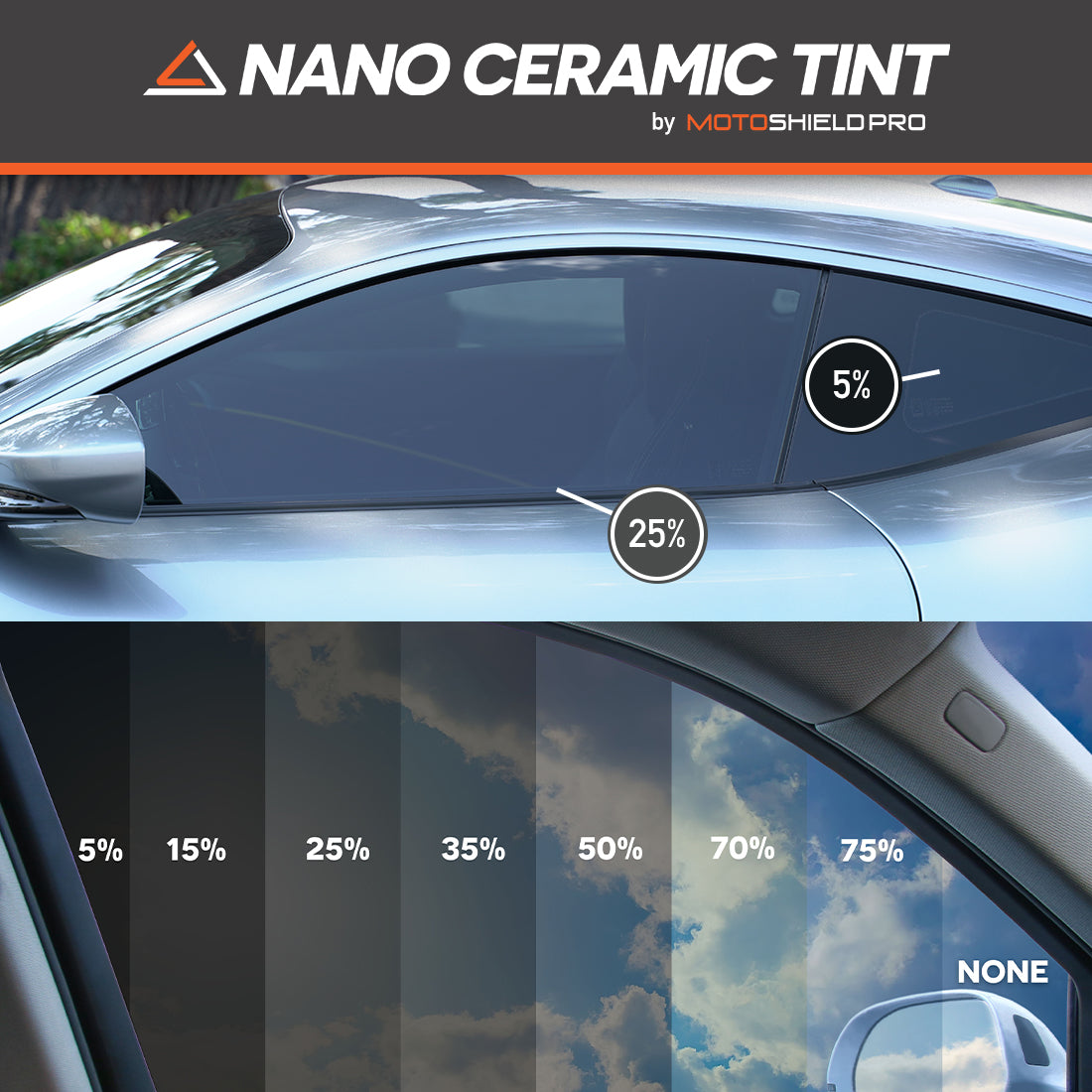Automobile Window Tinting for Warmth Reduction and Power Efficiency
Automobile Window Tinting for Warmth Reduction and Power Efficiency
Blog Article
Window Tinting Rules and Guidelines: What You Required to Know Before Tinting Your Cars And Truck
Prior to proceeding with home window tinting for your vehicle, it is essential to acquaint on your own with the diverse regulations and standards that regulate this technique across different states. These guidelines determine the permitted degrees of tint darkness, commonly gauged by visible light transmission (VLT) percents, and include specific specifications for front windscreens intended at making sure road safety and security.
Summary of Home Window Tinting Laws
Window tinting laws are often based on variant throughout different territories, reflecting regional guidelines and safety factors to consider. These regulations determine the permissible levels of tint darkness and reflectiveness on lorry home windows, making sure that vehicle drivers maintain appropriate presence while also protecting versus unsafe UV rays and warmth.
A lot of laws identify window tinting based on the Visible Light Transmission (VLT) percent, which shows the amount of light that can go through the home window. Normally, reduced VLT percentages represent darker tints. Regulations usually differentiate between the front, side, and rear windows, with more stringent limitations used to the front windshield to boost safety and security for both the chauffeur and other roadway customers.
Compliance with home window tinting policies is crucial, as violations can result in fines, necessary removal of the color, and possible increases in insurance policy costs. It is vital for car owners to familiarize themselves with neighborhood legislations before continuing with home window tinting installations.
State-by-State Tint Regulations
Understanding the details window tinting regulations in each state is crucial for lorry owners seeking to follow the legislation. Each state in the united state has developed its own set of rules governing window tinting, which can differ dramatically. These regulations frequently dictate the permitted degrees of tint darkness, the types of windows that can be tinted, and any medical exemptions that might apply.
For circumstances, states like California have stringent constraints on color darkness for front windows, while others, such as New Mexico, may enable darker tints. Furthermore, particular states mandate certain exposure percents for various home windows, including the windscreen, front side windows, and rear windows. It is vital for vehicle owners to acquaint themselves with their state's laws to prevent possible penalties or fines.
In addition, some states might require a certification sticker to be put on colored home windows, indicating conformity with state legislations. Failing to adhere to these policies not only runs the risk of lawful effects but can likewise affect security and presence while driving. Consequently, car proprietors must perform thorough research study or get in touch with regional authorities to make certain complete understanding and conformity with state-by-state tint laws.
Allowed Color Types and levels
Many vehicle owners might be stunned to discover that allowed tint levels and types vary widely across different states. Each state has actually established its own guidelines concerning the allowable darkness and reflectivity of home window color, typically measured by Visible Light Transmission (VLT) portions. VLT describes the amount of light that can go through the tinted windows; thus, a lower portion shows a darker tint.

Moreover, the kinds of color materials enabled can differ, with some states banning metal or mirror-like surfaces. It is necessary for car proprietors to familiarize themselves with their state's particular regulations to guarantee compliance. Non-compliance can cause penalties, mandatory removal of the color, or various other legal repercussions, making it necessary to understand these laws prior to waging installation.
Medical Exceptions for Tinting
While not all states supply allowances for medical exemptions regarding window tinting, those that do recognize the necessity for certain people to boost exposure and comfort due to clinical problems. Numerous medical problems, such as lupus, skin cancer, and certain eye conditions, can render people particularly conscious sunshine. Subsequently, these individuals may need darker colors to protect themselves from unsafe UV rays and glow.

It is essential to note that even with a medical exception, there might still be restrictions on the level of color permitted. Compliance with state laws makes sure that people are both protected and within legal limits. Those thinking about medical exceptions need to call their neighborhood Division of Motor Automobiles or comparable authority to comprehend the procedures and demands essential Visit Website to make an application for an exception successfully.
Charges for Non-Compliance
Failing to adhere to home window tinting legislations can lead to significant fines, which differ by state. Police are encouraged to provide citations for lorries that do not adhere to the defined tinting policies. These charges usually include fines, which can range read more from modest total up to a number of hundred bucks, depending on the intensity of the offense and the state in inquiry.
In some territories, duplicated offenses might cause escalating fines or extra charges, such as obligatory court appearances. Moreover, non-compliance may require the elimination of prohibited tinting, often at the proprietor's expense. In extreme instances, habitual culprits might face suspension of their automobile registration up until conformity is accomplished.
Furthermore, insurance coverage implications may develop from receiving numerous citations for window color offenses. Insurance providers might view such infractions as an indicator of riskier habits, potentially leading to enhanced premiums or difficulty in coverage.
To prevent these penalties, it is crucial for vehicle owners to acquaint themselves with their regional window tinting regulations and guarantee that their vehicle complies (Window Tinting). This aggressive strategy not only avoids lawful ramifications however likewise promotes road security
Conclusion

Many guidelines identify window tinting based on the Visible Light Transmission (VLT) percentage, which suggests the amount of light that can pass via the home window. Compliance with home window tinting policies is crucial, as violations can result in fines, required removal of the tint, and prospective rises in insurance policy premiums.Comprehending the particular home window tinting regulations in weblink each state is important for vehicle owners looking for to conform with the legislation. These policies typically dictate the permitted degrees of color darkness, the kinds of windows that can be tinted, and any type of medical exemptions that may use.
For circumstances, states like The golden state have rigid limitations on color darkness for front windows, while others, such as New Mexico, may permit darker tints.
Report this page